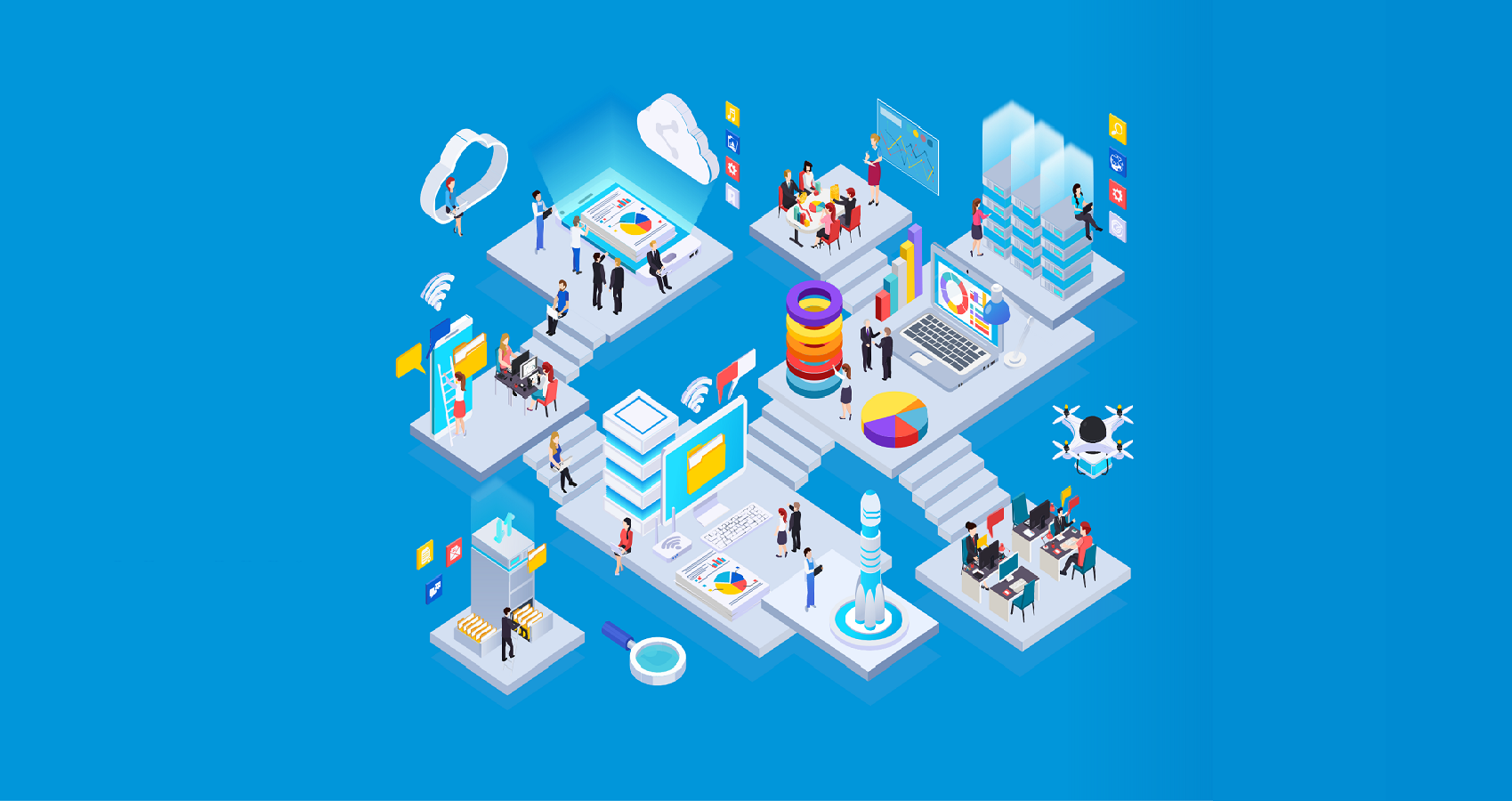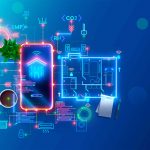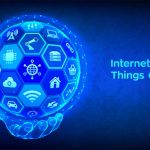Today, edge-computing is more than a mature market perspective, more a concept than a product. It’s an effort to bring the quality of service (QoS) back to the discussion of data center services. Data processing, analysis, and storage are increasingly performed at the edge of the network, near where users and devices access information. Not surprisingly, edge-computing is becoming a key component of IT strategy in a growing number of organizations.
One of the biggest contributors to the edge computing boom is the continued growth of the Internet of Things (IoT). The large amount of data created by IoT devices can cause lag and latency. However, edge-computing solutions can help improve data and thus avoid lags. This is done closer to the data source, making it more feasible for business users to obtain information that IoT devices are collecting in real-time. Before you hire an IoT app developer, let’s understand the computing process completely.
What is Edge Computing?
Edge-Computing enables the collection, processing, and processing of data on a smart device, at the edge of the network. That is, without the need to take it to the cloud. In this case, the sensors are connected to the PACs (programmable automation controllers), which reduces communication levels. The PAC receives, analyzes, and processes the information received from the device – at the same point of generation of the data. It only sends to the cloud the data that must be stored. This enables more efficient computing.
According to app developers in Canada, this computation is the one that is linked to what is known as the Internet of Things. Therefore, refers to the data processing of the intelligent objects that surround us. From a smart building to a refrigerator or a wristwatch. In this way, a device connected to the Internet is able to process the received data –through a short-term analysis. It also bounces part of said information to the cloud, which simplifies the communication chain and reduces potential error points.
Fog Computing
We go from cloud to fog. Following the line of work at the edge of the network that we have seen with the Enhanced Edge Computing concept, decentralization. Fog Computing or computing in the fog thus refers to the computing infrastructure close to the data sources with low bandwidth and minimal data transmission. Fog Computing, unlike Edge, allows a single device, commonly called a gateway, to process data that comes from multiple sources.
With this computation, latency is reduced, since the connection to the cloud is not necessary. For example, the kilometers traveled using physical activity bracelets developed by Toronto App Developers like AppStudio. The bracelet itself can provide the user with such information without connecting to the network. With this, it is also possible to reduce the amount of data sent to the cloud. A very relevant aspect if we take into account that the amounts of data to be processed will not stop increasing in the coming years.
Like many other technologies, when talking about what is edge computing? It is worth familiarizing yourself with the terms that help us understand how it works. The main ones, in this case, are the following:
Different Types of Edge Computing
- Edge: The definition of the edge depends mainly on the use case or the sector in which we find ourselves. In the telecommunications field, the edge can be made up of mobile phones and the antennas themselves. In the automotive industry, the edge can be the connected vehicle itself. In the industry, it can be made up of intelligent robots and in a multinational, it can even be a laptop. Types of edge computing are directly related to the edge.
- Edge devices: Each of the devices that generate data, from IoT sensors, industrial machinery, or other devices.
- Edge gateway: It is the gateway that separates the data processing that takes place in edge and the wider network (fog network) in which they are subsequently distributed.
- Fat Client: Software capable of processing data on edge devices. It is not the same as the thin client, which is the one in charge of transmitting the data.
- Enhanced Edge Computing Equipment: We can find a great variety of equipment. On the one hand, we can count on devices, sensors, industrial machines, etc. they can become part of an edge network just by connecting them to the Internet. On the other hand, many manufacturers market computing devices and equipment specially designed for their edge work, from small servers to hyper-convergence systems or even specific storage solutions.
- Mobile computing edge: Equipment and devices edge designed to exploit the new telecommunications networks, especially in the spectrum of the 5G. You should hire best app developer to work for 5G and such novel technologies.
Edge Data Centers
Edge data center formats are increasingly varied, with rack-type models, intended almost only for the initial collection of data from networks and devices. Types of edge computing designs also include larger facilities and highly scalable modular systems, which act as hubs in broader distributed computing networks. With this type of architecture, much more agility is achieved than using classic IT designs, or just the cloud.
Edge-Computing: what are the benefits and use cases?
- Enhanced Edge Computing can be relevant in many situations. For example, when IoT-connected objects have poor connectivity, it is not efficient to leave them constantly connected to a central cloud, and processing at the periphery solves this problem.
- Similarly, types of edge computing can reduce the latency of information processing, because data does not need to cross a large network to reach a Data Center or a remote cloud server.
- According to IDC analyst Kelly Quinn, Edge-Computing could take off as part of the deployment of the 5G mobile network. The researcher predicts that telecom providers will be adding more and more Micro Data Centers to their 5G antennas to allow their professional customers to rent space within these miniature data centers in order to take advantage of the advantages of Edge Computing.
AppStudio is the leading app development agency in Toronto providing cloud consultation and edge-computing services. We have a dedicated team that handles every project with perfection and a unique strategy. Our IoT development process is agile and we deliver products and processes in record time.


